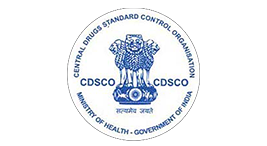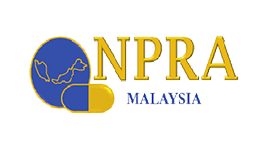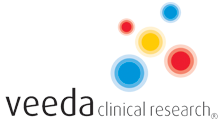Ensuring Safety of the Study Participants in Late Phase studies (Patient Safety at Hospitals)
- Medical writers meticulously prepare eligibility criteria for the study so that only appropriate patients are enrolled in the study, thus minimizing risk by including only those patients that have higher benefit from participation in the trial and minimal risks.
- Study specific clinical safety measures are clearly defined in the protocol. These measures are specific to molecule and study, it helps in ensuring timely identification & management of any potential risk to the subject
- Medical monitors prepare study specific Risk mitigation strategy documents, in order to define the molecule specific risks and measures to mitigate them.
- Medical monitors also prepare Safety management plan which helps in identification of any safety concerns developing in the subject and how to report them to the relevant stake holders in a timely manner.

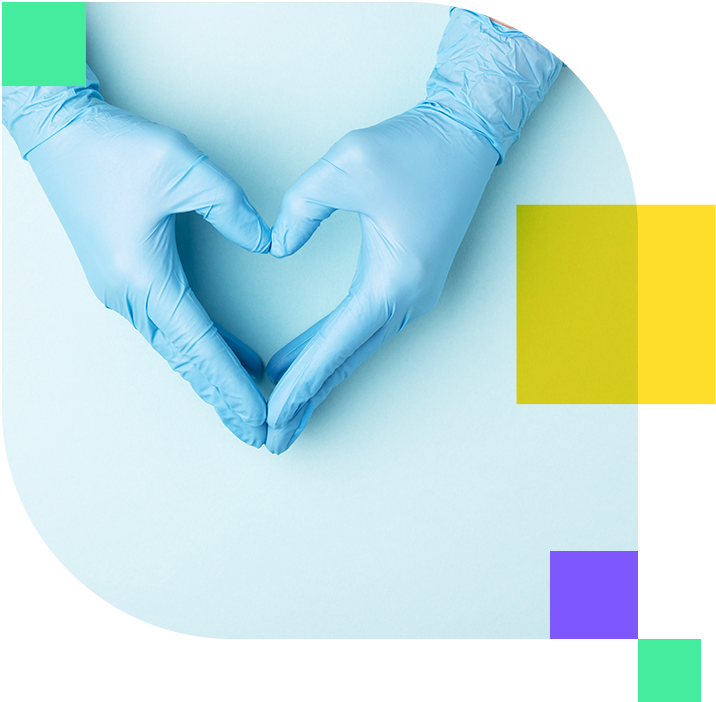
- Any serious adverse events developing at a particular site are cross notified to other sites so that other Investigators can take appropriate steps in mitigating these events.
- Project management team ensures that Investigators selected for the study are:
- Well qualified to manage the patients with disease condition under study
- Adequately experienced
- Trained in ICH GCP guidelines
- Guide the patients on proper use of study drug
- Manage adverse outcomes arising out of the use of study drug successfully.
- Project management team ensures that Sites selected for the study are:
- Well equipped to conduct the study
- Adequately staffed
- Have facility for storage of study drugs in controlled conditions
- Well equipped to manage serious adverse events
- Supervised by Ethics Committee
- Medical monitor assist Investigator in identifying eligible patients for participation in the study thus minimizing chances of wrong enrolment in the study and safety concerns arising therefrom.
- Medical monitor and CRAs review blinded patient safety data so that safety issues are identified early and managed appropriately.
Subject Safety
Subject and Patient safety is of utmost importance for Veeda and we take all measure in terms of infrastructure and resources to ensure the same.
- Well-equipped and maintained special care area – to handle medical emergency there is provisions of cardiac monitor, defibrillator, ECG machine, suction machine, oxygen cylinder and handy kits like Cardiac Arrest Kit and Anaphylaxis Kit.
- In-house ambulance – in case of shifting the volunteers to the higher center, an ambulance with basic emergency medicine and equipment is readily available.
- Stature lift – to rapidly shift volunteer to the ambulance, proper stature lift with generator back up is available.
- Special set up – facility has all-in-one resuscitation establishment such as Resuscitation Trolley, having all necessary medicines and equipment which can be moved at any area of the clinic to handle medical emergency.
- Fire and chemical hazard systems – facility has proper equipment and SOP to overcome any fire or chemical hazards as it can indirectly affect volunteer safety.
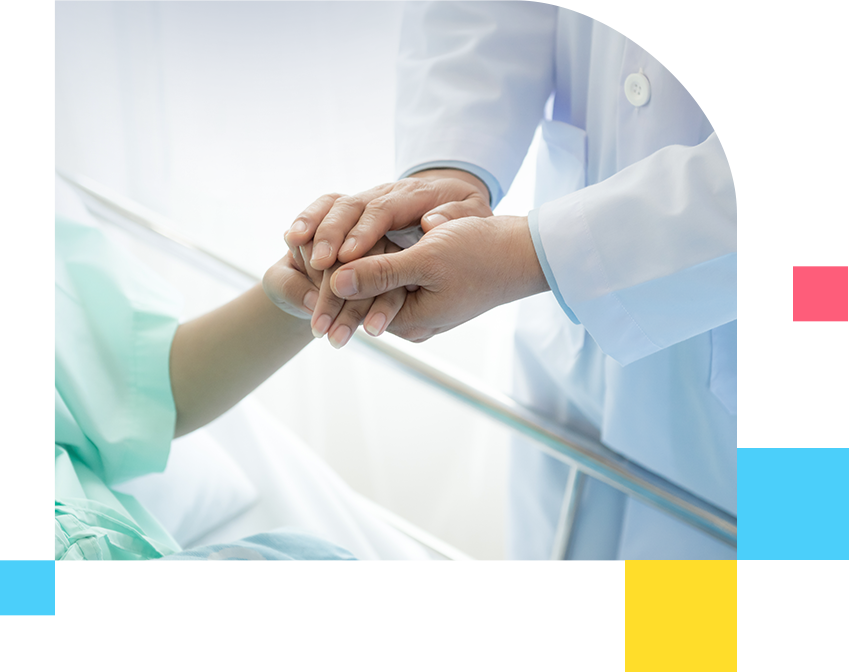

Safety Team and Safety aspects
- Qualified, educated and trained study staff
- ACLS, BLS trained Investigators, Clinical Research physician and Nursing staff
- BLS trained Phlebotomist ,Clinical custodian, security and Clinical Quality Monitor team
- Designated Resuscitation officer
- Well-equipped Special Care to handle the emergency
- Tertiary care contract with sterling hospital
- Ambulance and driver 24 hours available
- Emergency mock drill performs every six month from each clinic to sterling hospital. In both peak and non-peak hours.
- In peak hours’ time taken to reach sterling hospital was 10 minutes and non-peak hours’ time taken to reach sterling hospital was 8 min.
- ACLS and BLS refreshing training to each staff member every quarterly.
Entrusted by Regulatory Authorities






